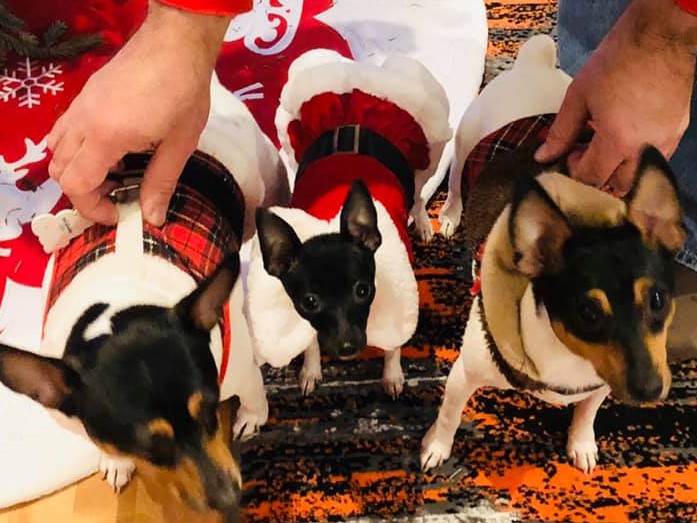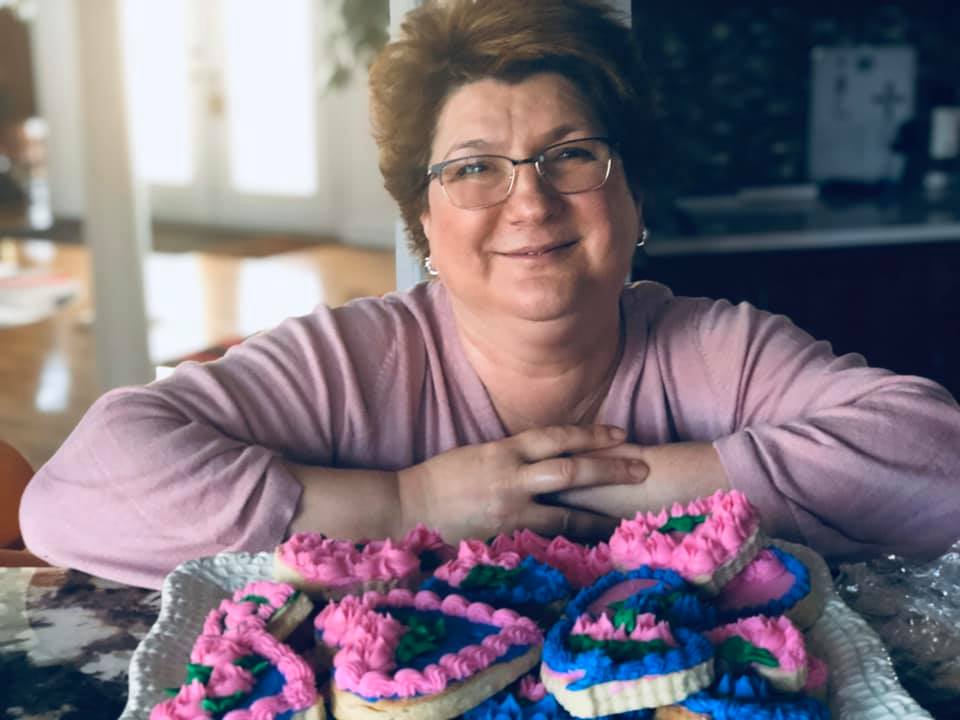- Your full title as you’d like it to appear.
Mihaela Teodorescu, MD, MS
- Three statements about you – two true, one false. (We tease each new Who’s Who with statements about each featured person – two of which are true, one of which is false, all to be revealed in the last answer.)
I have never been involved in the fashion industry.
I grew up outside the United States.
I focus my research on the interdependence between pharyngeal upper and lower airways during sleep.
- Give us your ‘elevator pitch’ biography.
I am an international medical graduate and came to the United States in search of professional opportunities that would enable me to have a long-lasting impact in people’s life. I’ve been fortunate to encounter such opportunities, starting early on in my pulmonary training. I obtained my medical degree at Carol Davila University of Medicine and Pharmacy in Bucharest, Romania. After completing internship and starting my internal medicine residency, I moved to the United States where I completed residency at University of Massachusetts in Worcester. These were followed by fellowships in pulmonary, critical care and sleep medicine, and sleep/pulmonary research at the University of Michigan in Ann Arbor, where I also obtained an MS in clinical research design and statistical analysis in the School of Public Health. I joined the University of Wisconsin School of Medicine and Public Health and the VA Hospital in Madison in 2006, where currently I am a full tenured professor, and a pulmonologist and sleep medicine specialist. I have always had a passion for respiratory physiology and it was during my pulmonary medicine training, when inspired by my clinic patients I became interested in sleep breathing physiology and its links with pulmonary disease. As a research fellow at the University of Michigan, I began researching the interaction between asthma and obstructive sleep apnea in clinic patients. While on faculty at the UW, I continued to expand this work and extend to other pulmonary conditions, such as pulmonary fibrosis. The human observations raised intriguing questions requiring modeling in animals to resolve. I began testing specific mechanistic pathways in rodent models, which have already generated clinically-relevant knowledge which I am applying to my clinical practice. Thus, my every day work fuels my passion and continues to inspire me in carrying on this research that revolves around my patients. I am very passionate about sharing my knowledge on career development.
My own academic journey prepared me well to be a mentor and I am very committed in mentoring, particularly women who face a different set of challenges in academia. My philosophy is that as mentors, we are mentoring our trainees not only as scientists, but rather as individuals helping them in navigating the system(s) to find networks supportive of their needs and more of a work-life balance.
My career accomplishments would not have been possible without the supportive environment of ATS. ATS has provided for me a fertile ground to develop and refine my skills that allowed me to grow as a researcher, educator and mentor, and clinician; also, to access a network of supportive colleagues and find my scientific “home”, which I am very happy to serve.
- What would you tell yourself as an Early Career Professional?
I would tell people who are at the beginning of the road to surround themselves with a group of supportive people and be resilient. You know what targets you are aiming for, and though nothing is really easy to achieve in life, be resilient, do your best and persist in your work. Reach out for help and advice locally, and also get involved in the ATS, ask your questions, don’t be shy-- you will eventually reach your goals!
- If you weren’t in medicine, and were in a different industry altogether, what would you be?
Fashion! I actually offer fashion consultancy to friends, on the side, and even at meetings. I sometimes get text messages to help in a fashion “crisis”. I’ve enjoyed design since my youth. I inherited that from my mom. I grew up under communism with not many resources and things available in those times. My mom has four daughters, so she would design and sew clothing for us because there wasn’t anything available. I have a sewing machine and have a huge stash of fabrics and accessories to work on and create new things in my “spare” time. As professionals, I believe the way we present ourselves is part of conveying our confidence; and as a physician, my patients told me that dressing and accessorizing nicely could bring a “ray of light” in their lives. At one time, I also sat on Talbots Advisory Committee for their fashion line and catalog presentation, for each season.
- What is your favorite way to spend a day off?
I never get bored. I enjoy sewing, crafts, artsy projects, and creating new things. Also, spend time with my beloved dogs, Sonic, Spike and Mayia, 3 little but very active toy fox terriers. I also enjoy baking cookies and French-style cakes. . I research for tutorials on the web and recently, I’ve been taking decorating classes and then practice at home. You can create and make all sorts, including fashion-inspired designs when baking. I find this stuff to be very enjoyable and relaxing!
- What areas of medicine are you most excited to see develop?
I’m very passionate about respiratory physiology – I characterize myself as a respiratory physiologist. I’m fascinated by the interaction between upper and lower airway physiology, particularly during sleep. Respiratory physiology was what attracted me to pulmonary to start with, and eventually to sleep medicine. When my research began, I used to do most of my own sleep studies that focused on these interactions. I hope to be able to continue and still do some of them, because observing this interaction “live” is most fascinating to me. And I hope that other people will be attracted to the field and share this excitement, because when you experience it it’s contagious!
- What is one advancement in your field you’d like to see in your career?
I would like to see more teamwork between pulmonary-based physicians and sleep-physicians. I’ve learned, and see every day in my clinic, that when you pay close attention and target to improve breathing throughout the 24-hour cycle, patients achieve the best results! Right now, there are still silos in thinking that separate pulmonary from sleep, even though we all are trained in pulmonology. I hope, in the very near future, there will be much broader recognition of the importance sleep plays for pulmonary patients, and that will bring us together to work more as a team for the benefit of our patients. This is also why I am hard at work to improve the visibility of Sleep Assembly within the ATS.
- Ok. Which statement did you make up?
The first one! I served on the Talbots Advisory Committee for several years.



